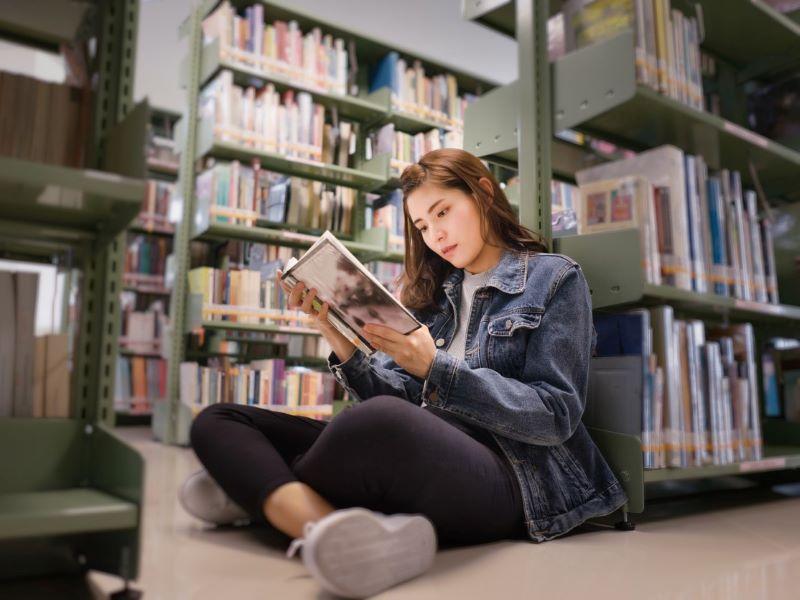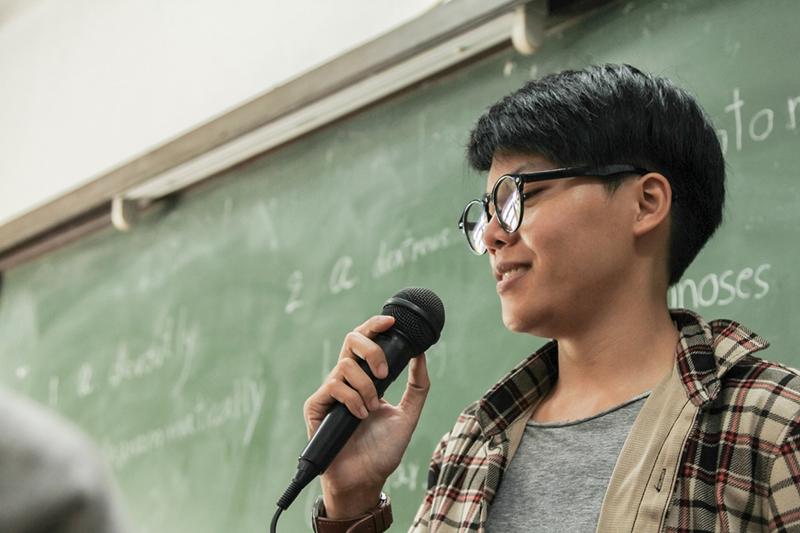Relational pedagogical theory emphasises the importance of relationships in the learning process, positing that effective education is rooted in the connections between educators and students. In higher education, understanding this relationship can significantly enhance teaching practice. Relational theory aligns closely with Maslow’s hierarchy of needs, which outlines a progression of human needs from basic physiological requirements to self-actualisation. For instance, educators should first ensure that students’ basic needs, such as safety and belonging, are met before expecting them to engage deeply with complex material. There is a reciprocal relationship between engagement and belonging, and belongingness has been shown to be a key contributor to student success and retention, highlighting that meaningful relationships are fundamental to effective learning.
It is also helpful to acknowledge the affective domain of Bloom’s taxonomy, which is often neglected in favour of the cognitive domain, as being key to the foundation of a successful and inclusive learning space. Bloom’s affective domain emphasises emotions, attitudes, values and social interactions. This domain addresses emotional engagement alongside cognitive development and is crucial for fostering an inclusive learning environment where students feel valued and engaged. By considering Maslow’s hierarchy of needs, Bloom’s affective domain and relational pedagogy, educators are well equipped to co-design environments for challenging knowledge work.
There are many strategies we can employ to create an inclusive learning space. One of the most effective strategies is to use comments over questions, embracing the power of the phrase ‘I wonder’. In higher education, fostering a culture of curiosity is paramount, and this phrase serves as a powerful catalyst for this endeavour. When educators adopt an inquisitive mindset, they not only model intellectual curiosity but encourage students to engage deeply with the material. This approach shifts the focus from merely answering questions to true active learning where students are encouraged to explore possibilities, which can lead to richer discussions and enhanced critical thinking skills.
By providing a comment, rather than asking a question, students are under no obligation to provide an immediate verbal response, as is the usual expectation when asked a question. This can alleviate anxiety and negative thoughts such as “What if I get the answer wrong?” For instance, instead of asking students to provide a definitive answer to a complex problem, educators might prompt them with “I wonder what would happen if we approached this issue from a different perspective?” This invites exploration and dialogue rather than rote responses. It also allows students who may not typically respond to direct questioning to be involved and engaged in the learning space in a safe and supported manner.
- Resource collection: Teaching strategies to enhance learning
- How to teach critical thinking to beginners
- Design a student-centred curriculum for dynamic learning
To bring more “wondering” into the classroom, we need to create an environment that values deeper questioning over simply providing answers. We can achieve this through collaborative active learning activities that prioritise problem-based or enquiry-based learning, encouraging students to pose their own “I wonder” statements related to course content. Additionally, integrating reflective practices such as learning journals and discussion boards, where students can articulate their ideas and curiosity, can further deepen their engagement and understanding. Inviting students to engage in these collaborative learning experiences also fosters a community of learning and creates a sense of belonging. Additionally, using technology such as online discussion boards or anonymous feedback tools can provide students with alternative avenues for expressing their views without fear of judgment.
Another way to bring more “I wonder” moments into the classroom is through verbal affirmations and comments such as “I see”, “That’s interesting” or “I wonder how that made you feel”. This approach encourages students to express their thoughts freely. As educators, we can also show students that we are actively listening by using non-verbal cues such as nodding, smiling and maintaining eye contact. Receiving student contributions in this way can significantly enhance the communication experience, making them feel valued and understood. It is also beneficial to paraphrase what students have said to confirm understanding and clarify any misconceptions, for example, saying, “So what I’m hearing is...” or “I think what you’re saying is…have I got that right?”. Clarifying can help ensure that both educator and learner are aligned and attuned in their conversation.
Integrating these strategies into teaching practices can help educators create a safe learning space where students can express their thoughts and opinions, aligning with Maslow’s hierarchy of needs and Bloom’s affective domain. Incorporating diverse teaching methods such as active learning group activities, collaborative projects and discussion boards allows students to engage with each other’s perspectives and create a community of learners that actively fosters engagement and belonging. By embracing the power of “I wonder”, we can transform our physical and virtual classrooms into dynamic spaces for exploration and discovery, creating a more inclusive and responsive educational atmosphere.
Lauren Flannery is lecturer in health sciences at the School of Health Sciences, University of East Anglia.
If you would like advice and insight from academics and university staff delivered direct to your inbox each week, sign up for the Campus newsletter.




comment